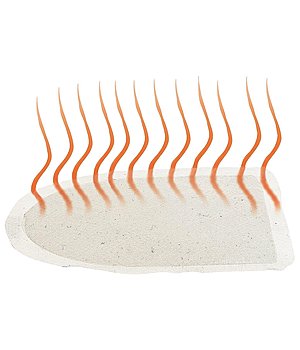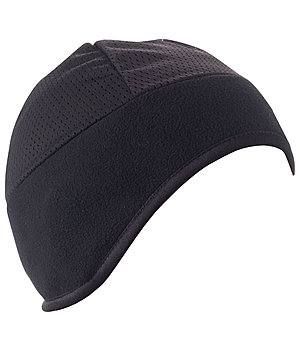Dog coats: When a dog needs a jacket
With a dog, you go outside in all weathers. Dogs not only need their exercise, but also the opportunity to go about their business. Especially when it’s raining and cold, a walk can be unpleasant for the dog.

So when can a dog coat be useful?
When it comes to the question of when a dog jacket is necessary, you can generally consider cold, damp weather or a temperature of 5 degrees. When you go outdoors, a waterproof dog jacket or a lined dog coat is recommended. However, this has to be considered individually from dog to dog.
The following kinds of dogs need a dog coat during the cold season:

SHORT-HAIRED DOGS
Dog breeds with short coats, little undercoat or fat tissue need extra protection from the cold and wind.

SPORTY DOGS
Dog coats protect against chills during training breaks in dog sports and keep muscles and tendons warm.

OLDER DOGS, PUPPIES OR SICK DOGS
Chronic ailments of the back, joints and skin are reduced by increased weather protection. Dogs with weakened immune systems also benefit from a dog coat.

MEDITERRANEAN DOGS
Dogs from warmer climates, e.g. from animal shelters, feel cold in the winter and can even fall ill as a result.
We distinguish between the following dog coat models:
- Dog raincoats without filling
- Dog coats with fleece lining
- Dog jumpers
- Dog fleece coats
- Classic dog winter coats with 50g filling or more
- Dog towel robes

Dog raincoats without filling:
A dog raincoat is particularly suitable for dogs that do not like to be wet. But also dogs with a dense undercoat that give off a strong smell in the house as soon as they get wet, can also wear a waterproof raincoat for dogs. As a rule, the taped seams also prevent water from penetrating. Some dog raincoats also have a fleece lining, which keeps the dog moderately warm and is particularly fur-friendly.
Is your dog sensitive around the ears or is it pouring down rain? For such cases, there are raincoats for dogs with a fixable hood. Furthermore, reflective stripes or piping on a dog raincoat are invaluable for greater visibility in autumn.
Dog jumpers & fleece dog coats:
Dog jumpers and fleece coats are an ideal transitional solution between seasons at temperatures above 5 degrees, when it is still too soon for a thick winter coat. Depending on the style, dog jumpers or fleece coats can also be worn as additional protection against the cold under a raincoat. However, they are not suitable for humid days, as they tend to become soaked with moisture, which can have a negative impact on the dog’s health.


Padded winter dog coats:
When temperatures approach zero degrees, a warm winter dog coat is just the thing for easily cold dogs without an undercoat. The warm filling adds the warmth that the dog does not have. A dog coat is considered a winter dog coat if it has a filling of 50g or more. Additional warmth and comfort is provided by a fluffy lining that is fur-friendly and does not cause hair breakage.
Beyond the basics, the individual types differ in cut and additional features. For example, some dog coats for winter have a collar that also keeps the dog’s neck warm. Also note that not all winter dog coats are waterproof and therefore cannot withstand a heavy rain shower. As with raincoats for dogs, reflective details on winter coat styles are a big plus for the dog’s safety.
Towel robes for dogs:
Has your dog jumped through puddles during a walk or gone for a swim in the lake and now has to get into the car? Or has your dog had a bath and now wants to run around the home? Towel robe for dogs is recommended for such occasions. Dog towel robes are made of an absorbent Terry Towel fabric that encloses the dog all around thanks to the belly flap, high collar and, in some cases, leg covers.

This allows the dog to dry faster and at the same time protects it from possible hypothermia. The latter is especially important for old, sick dogs and puppies that have a weak immune system.
How should a dog coat fit?
As with the harness, a dog coat must fit the dog. The key here is to try it on. A dog coat fits properly when the dog’s full freedom of movement is maintained, i.e. the dog coat must not be tight on the back or shoulders. Measure the length of the dog’s back while standing, with the head held upright. The dog coat should cover the entire back, ideally reaching the base of the tail. When trying on the coat, make sure that the cut-out at the front legs does not constrict the dog. Finally, the dog should feel comfortable in the coat and be able to move freely.

How do dog coats and dog harnesses go together?
Some dog coats have an opening at the back through which the harness can be threaded. Then the harness is worn under the coat. If the dog coat does not have such an opening, the dog harness can be worn over it without any problems. If necessary, it must then be adjusted a little.


